Season Review: Star Wars The Bad Batch Season One
Star Wars has been on top of the game recently when it comes to streaming. Following its troubling sequel trilogy, the popular franchise bounced back with its recent shows on Disney+. The Mandalorian was a marvelous introduction to the live-action Star Wars series lineup. The final season of Star Wars: The Clone Wars was a fantastic sendoff to an excellent CGI reboot of Genndy Tartakovsky’s 2003 micro-series. This year saw another animated Star Wars show on Disney+ attempting to be the next Clone Wars, and it happens to take place after the Clone Wars. What a day to be a clone.
The series was created by Star Wars veteran Dave Filoni, who also worked on Avatar: The Last Airbender, and was launched on Disney+ on May the Fourth, which happened to be “Star Wars Day”. The show’s first season was set after the events of The Clone Wars, during the time where the Empire rises to take control of the galaxy thanks to Order 66. It centers on the titular Bad Batch (aka Clone Force 99), a group of clone troopers with genetic mutations introduced in The Clone Wars’ final season. The group consists of Hunter (the leader), Wrecker (the strong member), Tech (the intellect member), Crosshair (the sniper), and Echo, their recent recruit. Despite having their inhibitor chips inside them, they’re the only clone troopers who aren’t affected by Order 66, except Crosshair, who’s compelled by the order. After escaping from the Empire, the Bad Batch and their newest member, another defective clone named Omega (Michelle Ang), take on several mercenary missions while staying one step ahead of the Empire and their former member and his own squad.
What intrigued me the most about The Bad Batch was how it represented both the aftermath of Order 66 and the rise of the Galactic Empire from a fresh perspective. The final episodes of The Clone Wars showcased the execution of Order 66 from the perspective of the clone troopers and Ahsoka Tano, which emphasized the emotional depth for the characters and scenario to significant effect, in my opinion. The Bad Batch explored the events after Order 66 from the titular characters’ point of view and how this event affects the galaxy’s population. It’s highly intriguing for the writers to explore this turning point further, but what about the show itself? Was it able to capture the same amount of interest as its concept? As someone who’s invested in the lore, I would have to say yes.
The first season of The Bad Batch only consisted of one big story arc compared to the multiple small arcs in The Clone Wars. Therefore, the only characters that are tasked to carry this arc were Clone Force 99 and Omega. Well, except for the show’s eleventh episode, “Devil’s Deal”, where they take a back seat for Hera Syndulla (voiced by Vanessa Marshall) to take over.
Despite their cliched personalities, I enjoyed seeing the Bad Batch in action in the Clone Wars’ final season due to their likability and humor. The Bad Batch successfully maintained those strengths in the title characters to keep them on duty despite sharing their familiar flaws. Dee Bradley Baker, who has been voicing the clones since The Clone Wars, was once again phenomenal in providing some charm and distinctiveness into the Bad Batch, along with the other clone troopers like Captain Rex. Omega served as a fine addition to the Star Wars cast, who started as a “damsel-in-distress” trope before becoming a confident and likable character later on. Michelle Ang’s vocal performance also worked well in emphasizing the character.
The show’s story arc offered lots of world-building (which is highly common for the franchise), which means plenty of guest stars from several other projects amid its series of mercenary rescue missions. The primary examples of this that I enjoyed the most were Caleb Dume (Freddie Prinze Jr.) and Hera Syndulla from Star Wars Rebels and Fennec Shand (Ming-Na Wen) from The Mandalorian. While the guest appearances delivered fan service for those who’ve followed the franchise, they also bogged it down a bit with its repetitiveness. Almost every episode featured a guest-of-the-week formula that wasn’t too bad at first, but it later became more of a distraction from its central characters after a while. The season also had some filler episodes, including “Common Ground” and “Infested”, that featured plenty of fun moments in their action and humor. However, they also serve as unnecessary additions made to expand its story arc.
The Bad Batch used the same animation style as The Clone Wars, and it still looked as remarkable as it was in the final season of Clone Wars. From its cinematic scope to the action sequences, the animation sustained the similar heights of its predecessor while capturing the spirit of the Star Wars universe. It still amazed me how much improvement the style went through since the widely-panned Clone Wars animated film back in 2008. Again, it shows how much Dave Filoni has grown with the animation side of the franchise, beginning with The Clone Wars.
Overall, the first season of Star Wars: The Bad Batch gives the unique clone trooper squad a chance to shine. The result is an enjoyable and action-packed depiction of the Clone Wars’ aftermath. Despite a few issues with the storytelling, including its filler episodes and repetitive guest appearances, the show is a suitable expansion of the galactic universe due to its charming characters, voice cast, entertaining action, and solid animation. It didn’t quite reach the same heights as the final season of The Clone Wars, but it did continue the booming trend of Star Wars animation respectably. Whatever direction it’ll go in season two, I’m more than willing to jump right back into the galaxy far, far away and rejoin these unique clones for another series of galactic adventures.

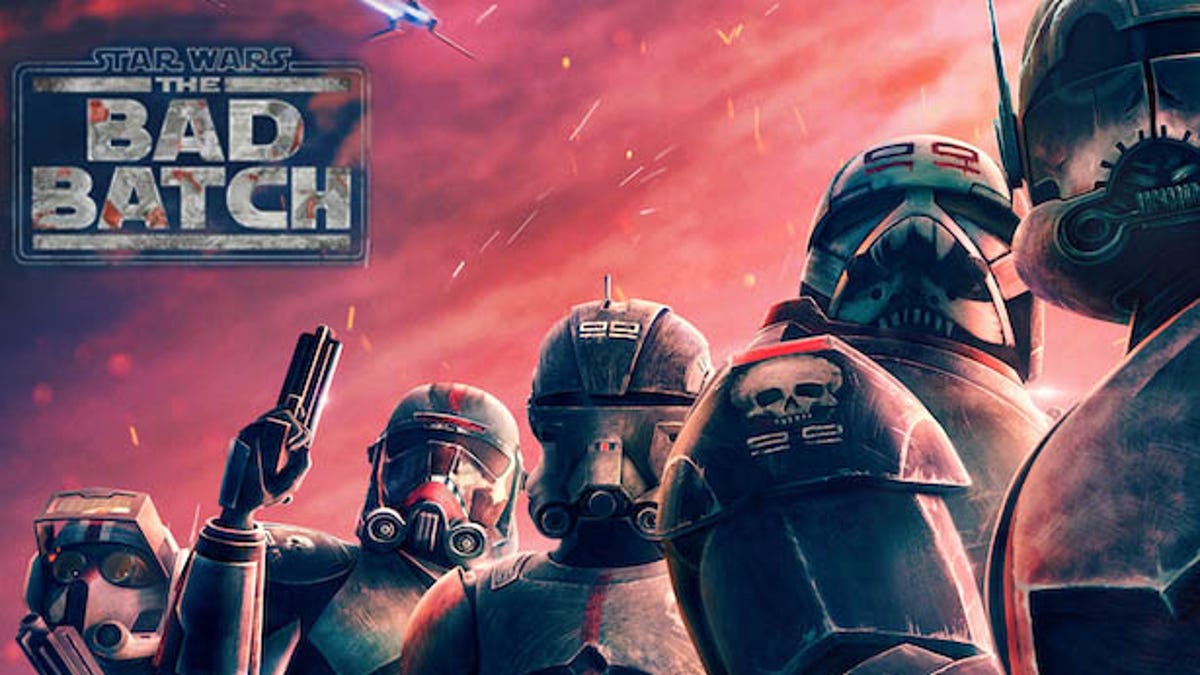

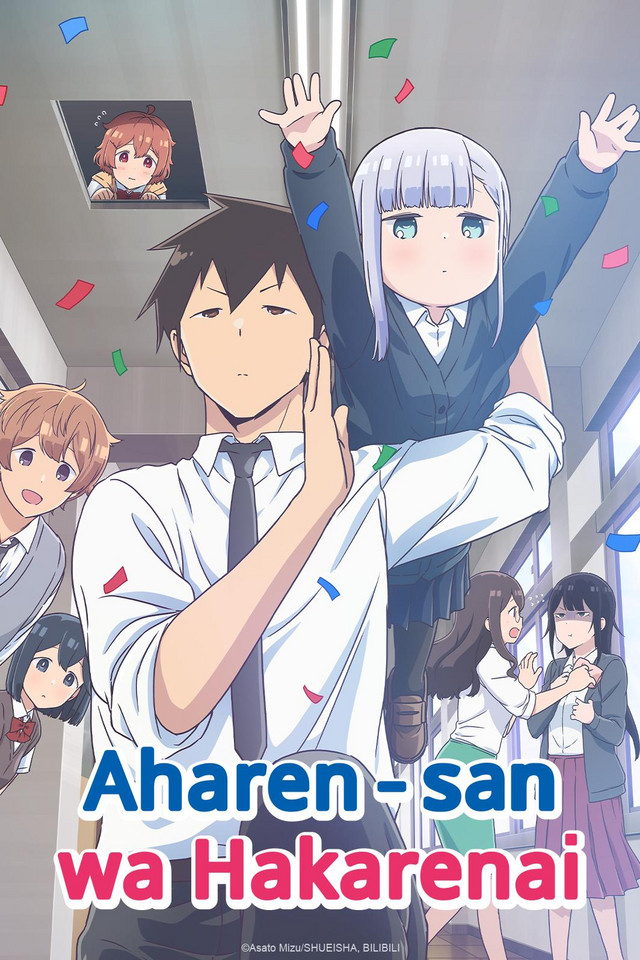
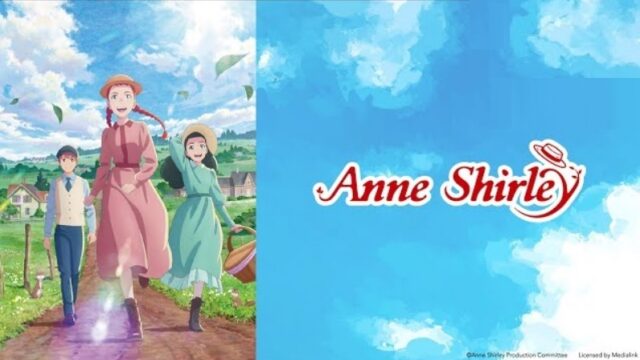













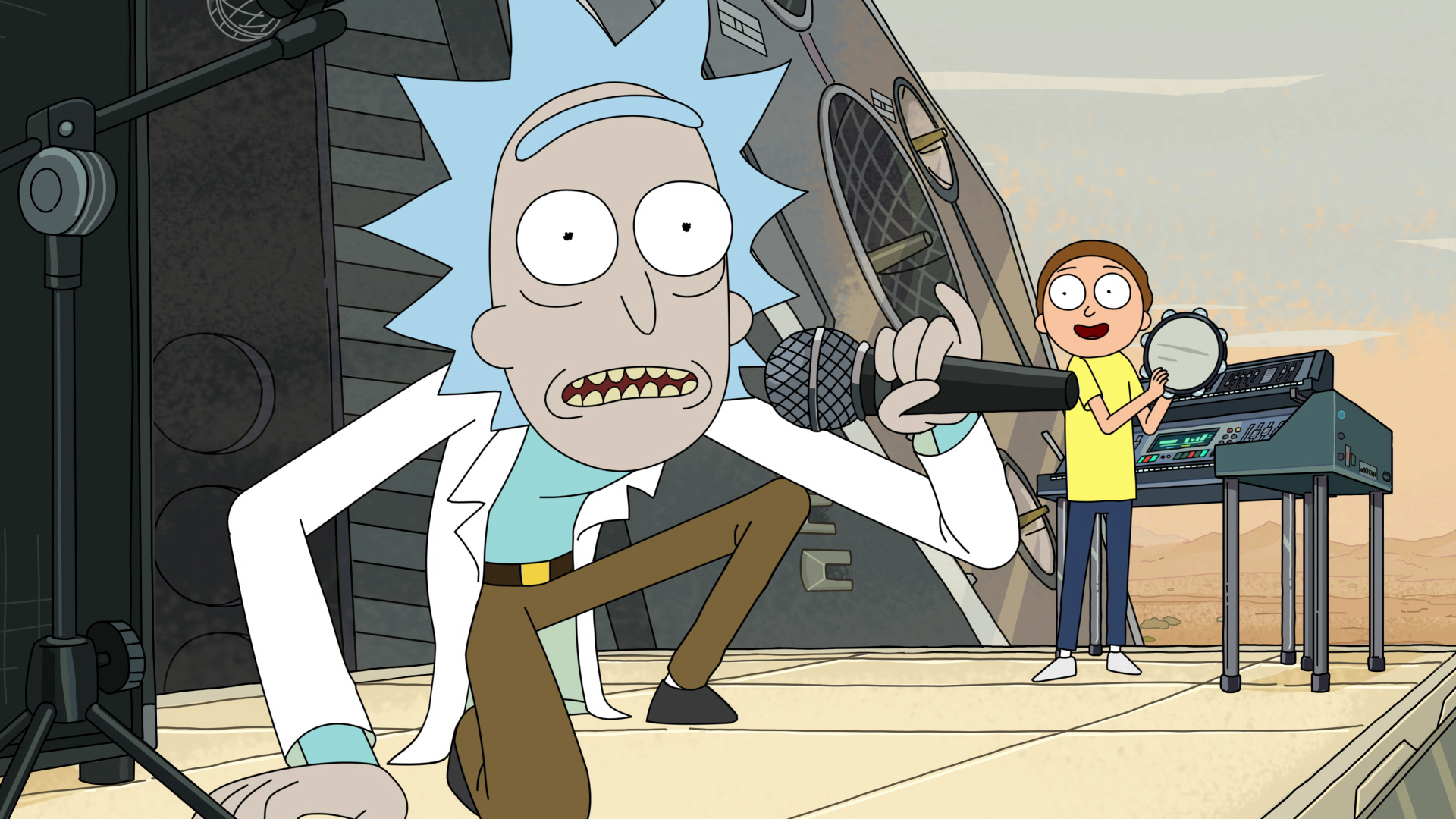



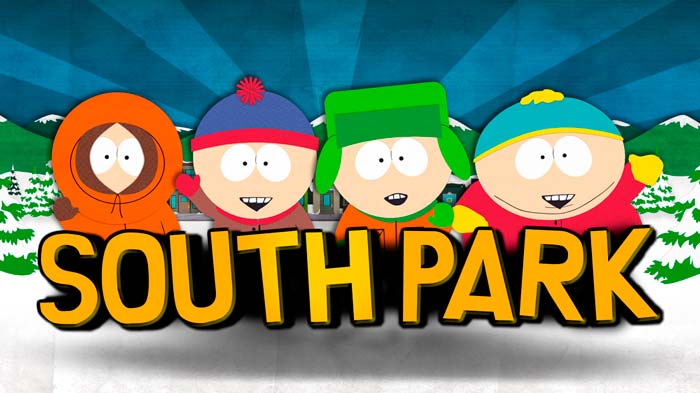


"There are also other characters that come and go (also owned by the Warner Bros. Discovery conglomerate media company)."
Huh. Is that just referring to other characters from the show itself, or is this implying that the new season is going to have cameos from other WBD IPs